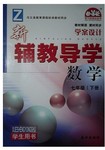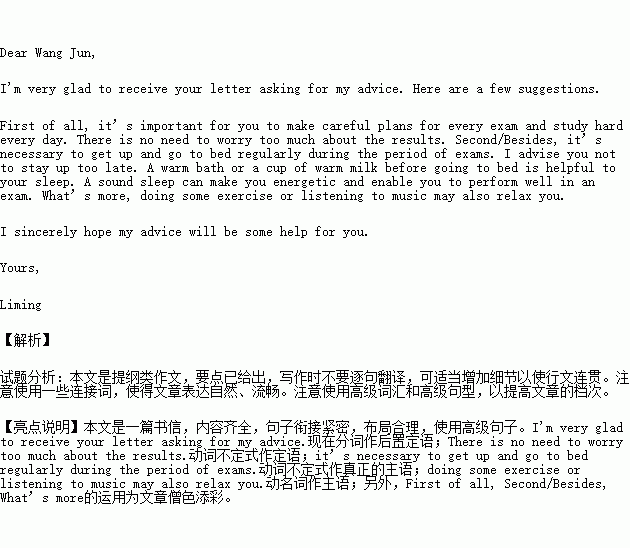��Ŀ����
����������������ı�������д�Ÿ����㣬��Ϊ������������һЩ����֢״������д�Ÿ���һЩ���飺
�������ݣ�1����ǰ�ƶ��ú��ʵĸ�ϰ�ƻ���
2�������ڼ��й��ɵ���Ϣ��
3��˯ǰϴ��ˮ�衢����ţ�̵�������˯�ߣ�
4��������������ѹ����
5�������ַ��ɡ�
ע�⣺1.������������дһƪ���ģ���Ҫ��䷭�룬���ʵ�����ϸ����ʹ�������ᡣ
2.Ҫȷʹ����ʹʻ㣻ʹ��һ���ľ��͡��ʻ㣬���������ر����Լ�����˼��
3.������100�����ҡ���ͷ��β�Ѹ��������ƴ�����
��ϰ��ϵ�д�
 С��ſ�ʱ��ҵϵ�д�
С��ſ�ʱ��ҵϵ�д� һ������ϵ�д�
һ������ϵ�д� �Ƹ�С״Ԫ���ֳ������ϵ�д�
�Ƹ�С״Ԫ���ֳ������ϵ�д� �¸��̵�ѧϵ�д�
�¸��̵�ѧϵ�д�
�����Ŀ

